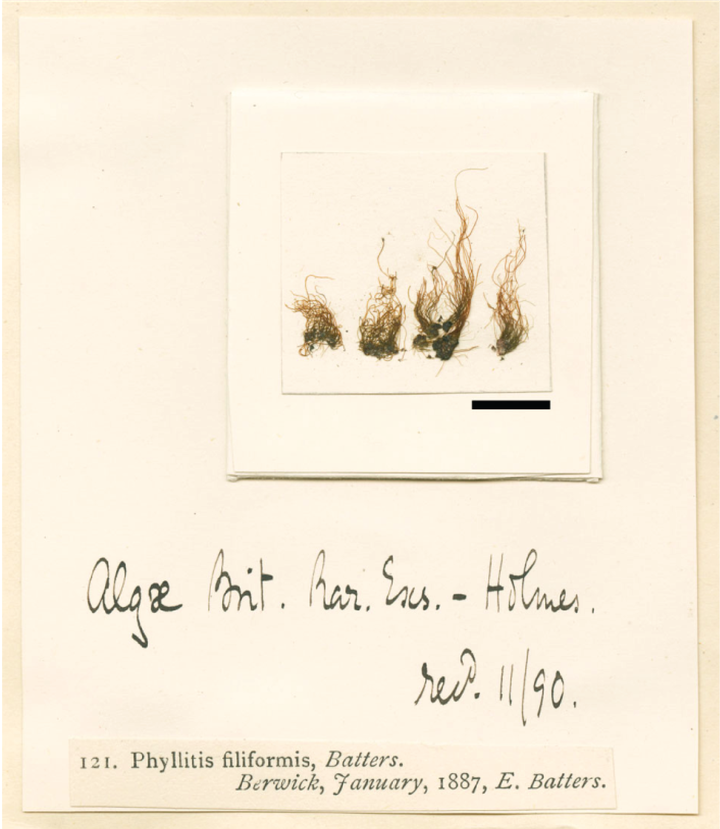Transfer of Petalonia filiformis (Batters) Kuntze to the genus Planosiphon McDevit & G.W.Saunders (Scytosiphonaceae, Phaeophyceae)

Abstract
Recent taxonomic and molecular phylogenetic studies by McDevit & Saunders (2017) of Canadian Scytosiphonaceae resulted to the description of the new genus Planosiphon McDevit & G.W.Saunders and a new species Scytosiphon promiscuus McDevit & G.W.Saunders. The proposal of the new genus was made to accommodate a highly supported clade consisting of species of Scytosiphon and Petalonia with flattened thalli that are hollow to partially hollow. Typically, Planosiphon species also lack paraphyses (ascocysts) amongst their uniseriate plurangia (McDevit and Saunders 2017). Together with the discovery of a new monotypic genus Tronoella Santiañez & Kogame (Santiañez et al. in press), the description of Planosiphon increases the number of genera in the family Scytosiphonaceae to 12. Comparing the morphologies and life histories of taxa that are closely related to Planosiphon suggested that the genus can be further defined through the life histories in culture of its members. In particular, Planosiphon species have been reported to have Compsonema-like prostrate sporophytic thalli that bear only unangia [unilocular sporangia] (Kogame and Kawai 1993, Kogame 1998, Kogame et al. 1999).